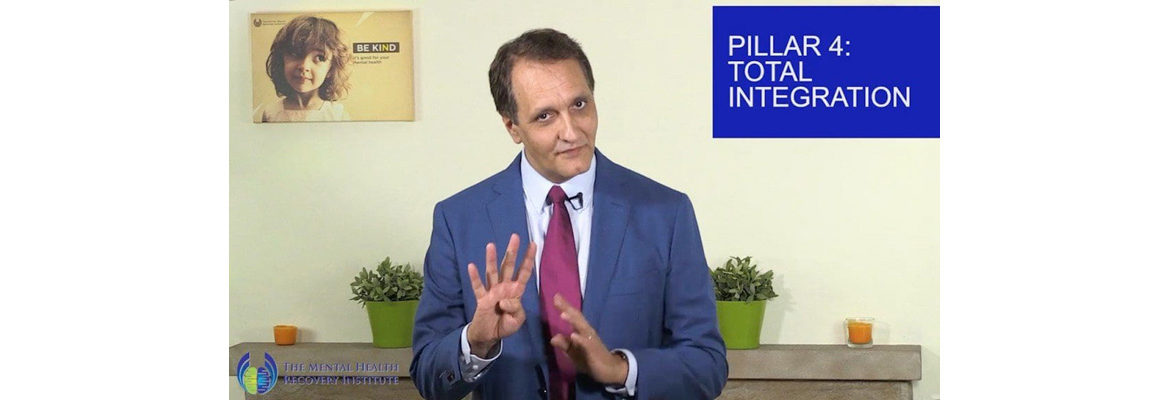Building a mentally healthy workplace: 5th Pillar
Mutual responsibility is another trait of mentally wealthy workplaces, where a culture of blame is replaced by a culture of shared concern.
From a workplace safety perspective, if someone sees a cord in the office over which someone could trip, whose responsibility is it to do something about it?
The person who left the cord there? Of course, but what if they didn’t realise it was unsafe?
Is it the workplace safety manager? Sure, she’s responsible for making the organisation safer but she’s working interstate for the week and knows nothing about the cord.
Is it the cord-leaving employee’s manager? He’s accountable for the performance of his employees, but he’s been in meetings all morning and hasn’t spotted the cord either.
The answer of course is, the person who saw the cord.
Read about all the 7 Pillars of Mentally Healthy Workplace….
- Pillar 1: Us Not You
- Pillar 2: Organisational Plasticity
- Pillar 3: Nothing About Me Without Me
- Pillar 4: Total Integration
- Pillar 5: Mutual Responsibility
- Pillar 6: Understanding Complexity
- Pillar 7: Wrap Around Strategies
Hopefully you twigged to the metaphor. Everyone shares responsibility for mental health – their own and those of their team members. We must move from a culture of blame:
“The employee should have looked after their own health so they could present fit for work.”
“That team should have looked after its own a lot better.”
“That manager could have avoided this by not being such a slave driver.”
“My organisation didn’t provide me with a physically and psychologically safe workplace.”
…to one of shared concern :
“Yes all of those statements are true, but it’s no one person’s responsibility. We’re human beings in the same plane at the same time, and if someone is unwell, let’s take care of each other.”
It’s not all about the manager and they shouldn’t feel the need to move heaven and earth for someone with a mental health issue. Likewise the person with a mental health issue is not a victim. They’re not powerless. They are also responsible for their side of the deal. It’s a mature, balanced way of thinking. And it empowers everybody.
Talk soon and have a mentally healthy day.
 Peter Diaz is the CEO of Workplace Mental Health Institute. He’s an author and accredited mental health social worker with senior management experience. Having recovered from his own experience of bipolar depression, Peter is passionate about assisting organisations to address workplace mental health issues in a compassionate yet results-focussed way. He’s also a Dad, Husband, Trekkie and Thinker.
Peter Diaz is the CEO of Workplace Mental Health Institute. He’s an author and accredited mental health social worker with senior management experience. Having recovered from his own experience of bipolar depression, Peter is passionate about assisting organisations to address workplace mental health issues in a compassionate yet results-focussed way. He’s also a Dad, Husband, Trekkie and Thinker.










